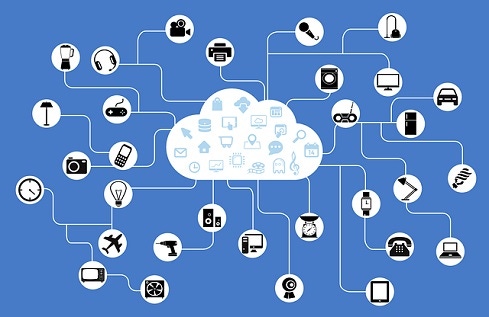IoT Technology Growth and Security Trends This Year and BeyondIoT Technology Growth and Security Trends This Year and Beyond
Watch for use of Internet of Things technology to grow dramatically in 2023 and the years to follow in both industrial and consumer-facing applications.

According to the research firm IoT Analytics, there will be 17.2 billion connected IoT devices in the world in 2023, a 19% increase from 14.4 billion in 2022. Plus, the number of IoT devices will increase at a 22% compound annual growth rate from 12.2 billion in 2021 to 27 billion in 2025. Those numbers don’t include computers, laptops, fixed phones, cell phones and tablets.
The billion-dollar question is: In which industries and types of IoT devices will the growth be? Based on my observations and those of my colleagues at the ioXt Alliance, which develops and administers security certification programs for IoT devices, we see the following trends in 2023.
1. IoT technology growth in healthcare, energy, mobility, and smart cities
IoT tech will grow in many consumer and industrial sectors, notably healthcare, energy, mobility, and smart cities. Medical IoT devices, apps, and the ability to self-monitor and share health data in the cloud will continue as an area of IoT growth. According to Grand View Research, “The global wearable technology market was valued at $61.30 billion in 2022 and is expected to expand at a CAGR of 14.6% from 2023 to 2030.” Upgraded 5G broadband cell networks paired with healthcare wearable devices especially will help provide real-time tracking and results.
Smart control and production of home energy will continue to evolve and grow. That includes home energy management systems, solar photovoltaic panels, energy storage and the ability to go off grid, or continue to have home power through a blackout. This growth also includes community solar projects with their own effective microgrid and the ability for neighbors to share energy with each other.
According to Allied Market Research, the global home energy management market size is expected to reach $8.73 billion by 2030 from $2.28 billion in 2020, growing at a CAGR of 15.6%. According to the Solar Energy Industries Association, the percentage of US electricity derived from solar energy will increase fourfold from 5% now to 20% over the next 10 years.
Networking advancements such as 5G will facilitate and accelerate the development of smart cities. Applications include improved sensor monitoring and alerts regarding the environment such as smog and weather; safety monitoring and sharing the status of emergency situations, natural disasters and the structural integrity of buildings and infrastructure; improvements in public and private transportation monitoring, traffic management and support for connected cars, electric and autonomous vehicles; utility monitoring to help users and utilities manage their use and supply; and smart buildings that monitor and help optimize electricity, lighting and space usage.
According to Statista, “Technology spending on smart city initiatives worldwide is forecast to more than double between 2018 and 2023, increasing from 81 billion US dollars in 2018 to 189.5 billion in 2023.”
2. IoT security trends in national labeling, standards, and certification
As the number of IoT devices increases, security risks, cyberattacks and efforts to reduce risks and combat cyberattacks also will increase.
The US government is now addressing consumer IoT security with a national consumer product labeling program for IoT devices and software development practices, based on President Biden’s Executive Order on Improving the Nation’s Cybersecurity. In the executive order it states, “The Secretary of Commerce acting through the Director of NIST, in coordination with representatives of other agencies as the Director of NIST deems appropriate, shall initiate pilot programs informed by existing consumer product labeling programs to educate the public on the security capabilities of Internet of Things (IoT) devices and software development practices, and shall consider ways to incentivize manufacturers and developers to participate in these programs.”
The ioXt Alliance is one of the partners with the National Institute of Standards and Technology and other organizations in developing the national consumer product labeling program.
IoT device manufacturers will increasingly design and include security features in their devices. Important factors driving this development are the increasing consumer and industry awareness of IoT security exposure and breaches, government and industry labeling and certification programs, and the public relations and reputation costs of addressing breaches.
3. International cooperation for IoT security standards and certification will increase
Global cybersecurity certification standards for IoT devices will enhance trust among nations, facilitate trade, and help IoT developers build security into their products. The cybersecurity system framework and standards established by organizations such as the United Nations, the International Organization for Standardization, and the International Telecommunications Union are ideal guides for IoT developers, and can improve the quality and security of IoT products and services across the globe.
The IoT is still in its infancy, and it will continue to be exciting to experience its explosive growth and improved security while it makes our lives easier, healthier, and more efficient.
Read more about:
Internet of Things (IoT)About the Author
You May Also Like






